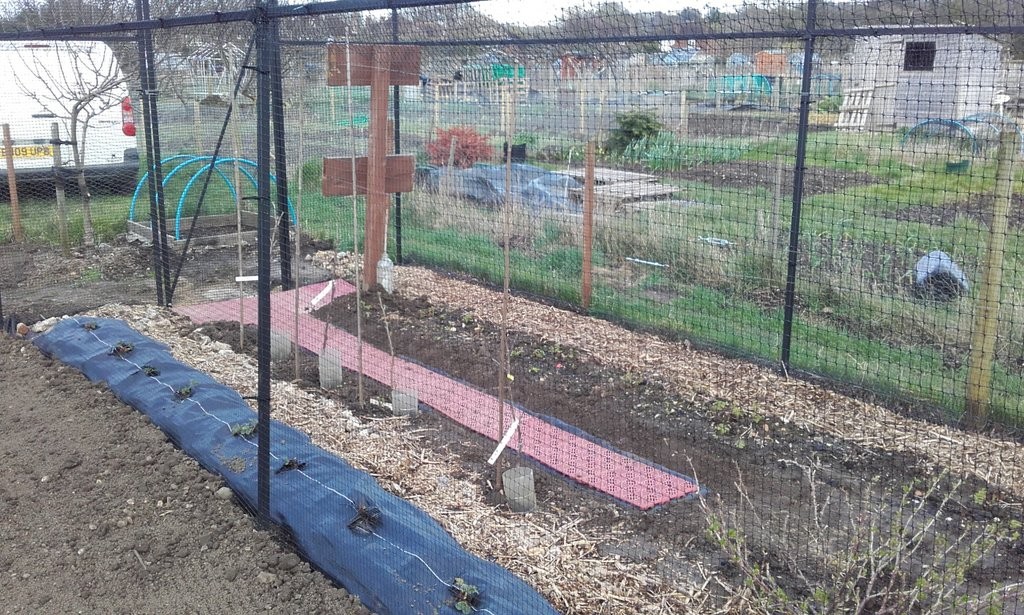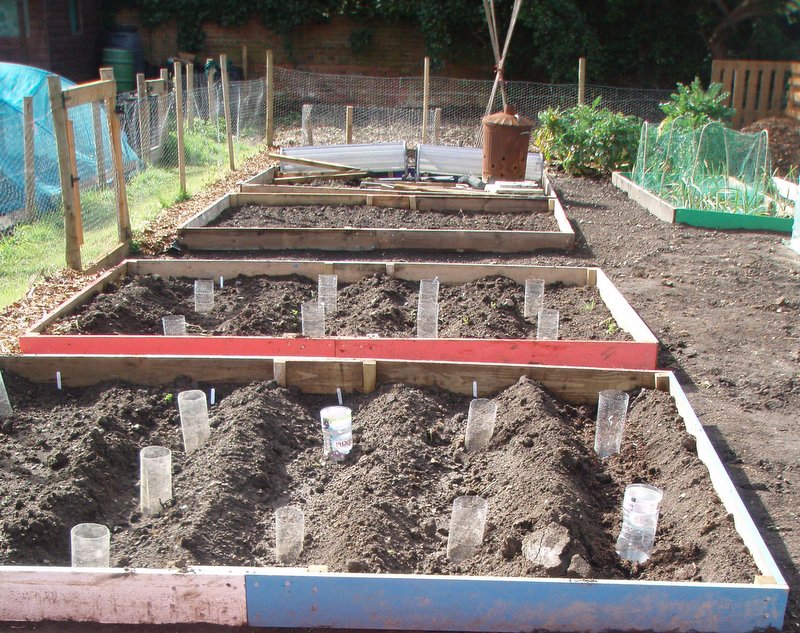With a dry winter in the South East followed by a dry early spring, this month we are focusing on watering.
The most important thing to remember is that water is required at the roots of plants. Dry soil surfaces do not mean that there is a lack of water where it matters, so probe deeper to see what the soil is like lower down.
Established trees and shrubs have extensive root systems and rarely require extra watering. However, newly planted trees and shrubs will need additional water. Putting in a watering tube when planting will help. In general, targeted watering is a good idea to make the most of this precious resource. It also starves competing plants (like weeds) of water so means less weeding in the long run. Simple methods like cut down soft drinks bottles, flower pots sunk into soil, or more sophisticated irrigation systems like seep hoses work well at getting water to where it is needed.
Grass is quite resilient, so existing lawns generally don’t need extra water unless you are determined to have a bowling green. The main exception is after applying a lawn treatment if forecasted rain does not arrive. In this case use a garden sprinkler to simulate a good shower. As with trees and shrubs, new lawns are much less resilient and if you have had turf laid or have re-seeded grassed areas then you will need to water assiduously until the new grass plants are established.
Fruit and vegetables will need extra water in dry spells, especially when crops are swelling. Avoid “little and often”, which only wets the surface. Instead, focus on a good soaking every now and again to ensure that there is moisture at the roots. Root crops like carrots and parsnips need to drive down in search of water to produce the swollen tap roots that we want to eat. If there is too much water at the surface the roots will fork as they seek water.
It is also possible to recycle water. If it is practical to fit them, then water butts collecting rain water run off are very useful. Rain water is particularly useful for for acid loving plants like Camelias. It is also possible to reuse water used for washing fruit and veg (collect the water in a bowl from the running tap). “Grey water” such as used bath water can be siphoned into watering cans with a few caveats – make sure it has cooled down before you use it, make sure you use it as soon as possible as it does not store well, and do not use it on any produce you will eat raw.
And finally, water in the early morning rather than the heat of the day or the evening. Evening watering can create cool humid environments around the plants that foster fungal diseases and watering in the heat of the day is wasteful as the water evaporates before it can soak in. So it is best to make use of the light early mornings to get out there early and enjoy the calm of the morning and the sound of birdsong while keeping your plants healthy.


